Filter by
Events
Series
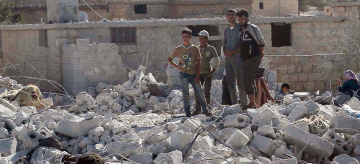
How a Single Phrase Defined the War on Terror
What is the 2001 AUMF and what does it have to do with 9/11? From the invasion of Afghanistan, to the Iraq War, and more, learn how the United States justified U.S. counterterrorism policy for over two decades.
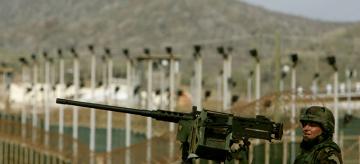
The History of Terrorism and U.S. Counterterrorism Since 1945
From the creation of the CIA to the “War on Terror,” learn about the evolution of U.S. counterterrorism policies in this terrorism timeline.
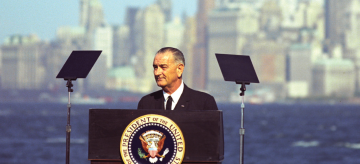
History of U.S. Immigration Policy
Explore how the United States has responded to migrants throughout history—from the Chinese Exclusion Act to DACA—and how immigration policy influences the society, economy, and politics of a country.
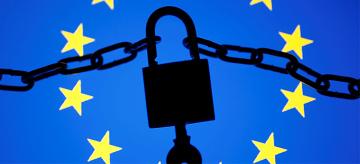
How Companies and Governments Do (and Don’t) Protect Your Data
The spread of the internet has far outpaced domestic and international privacy laws, making global coordination difficult and leaving personal data vulnerable.

The Changing Response to AIDS
A neglected global health crisis ultimately became a top priority for policymakers, donors, and doctors.
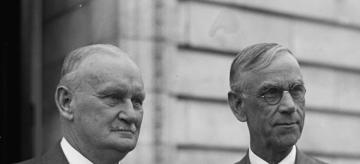
Trade as Foreign Policy
When local concerns drive national trade policies, there are global consequences.

The Suez Canal Crisis
Explore a historical case study on the Suez Canal to understand how monetary policy can also be used as a tool of foreign policy.
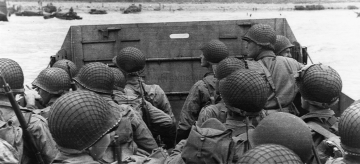
Why Did World War II Happen?
In this free resource on World War II, understand the causes of World War II and why these issues drove countries back to battle just two decades after World War I.
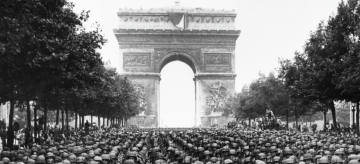
How Do Countries Decide Whether to Go to War?
Learn how balances and imbalances of power contributed to World Wars I and II in this historical video.
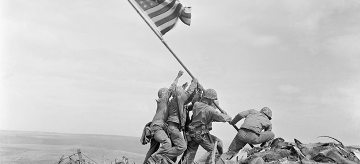
How Did the United States Become a Global Power?
Learn how domestic expansion and three wars—the Spanish-American War, World War I, and World War II—transformed the United States’ standing in the world.